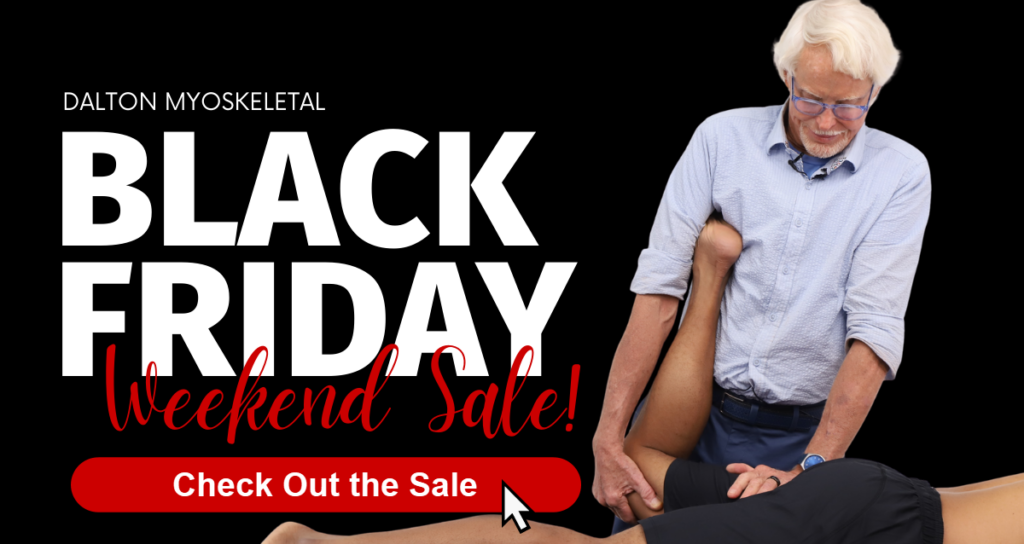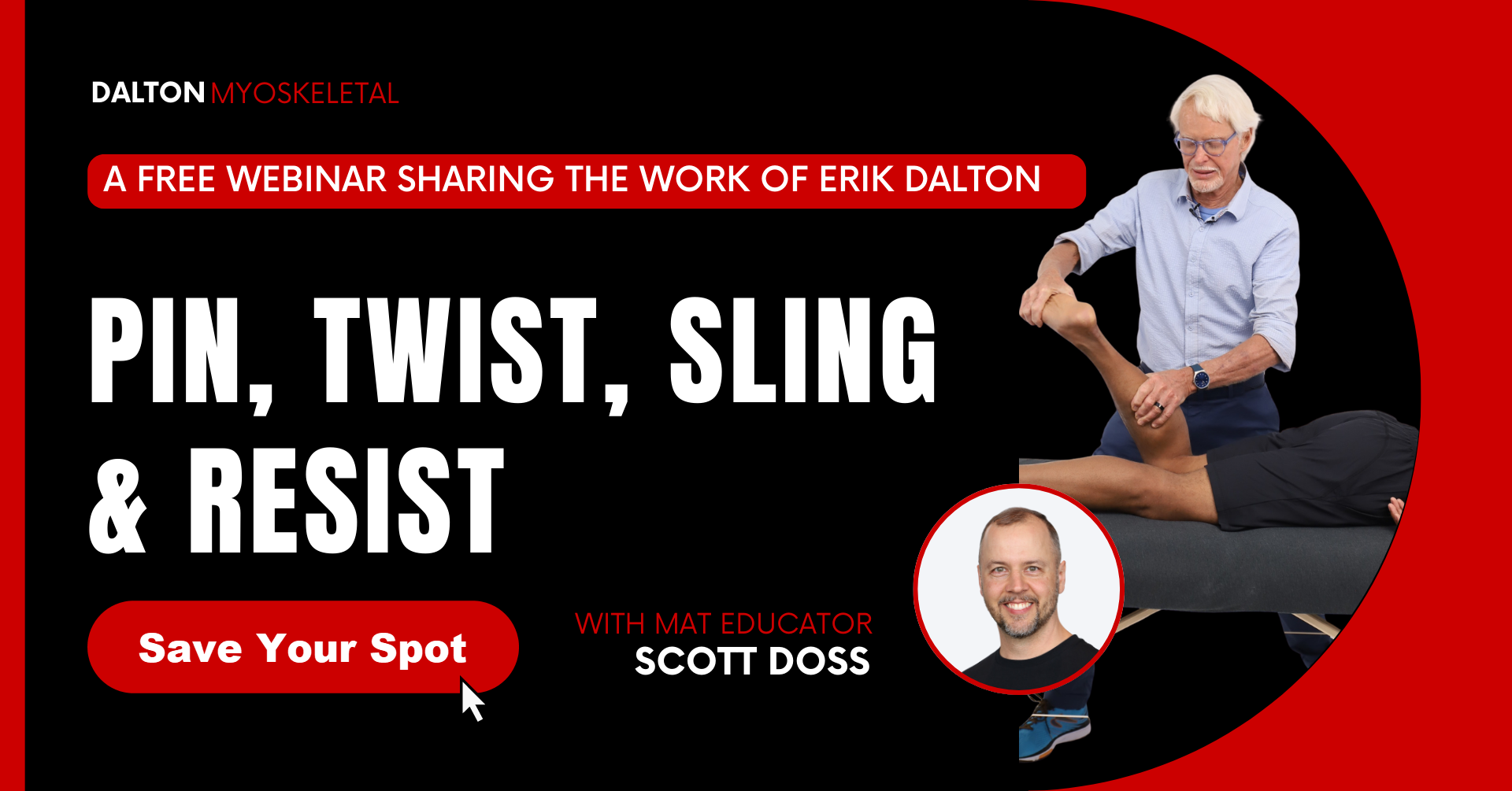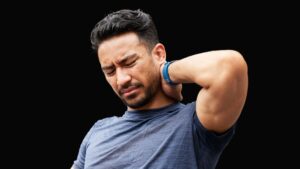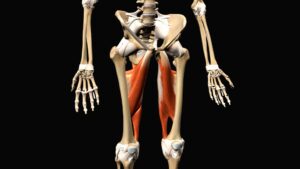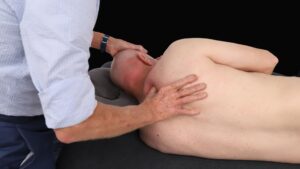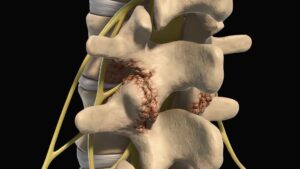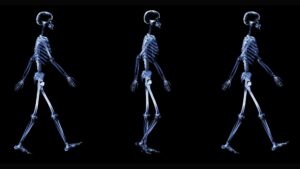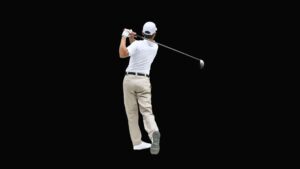A recently published study in the Journal Spine titled, The relationships between low back pain and lumbar lordosis: a systematic review and meta-analysis found a strong relationship between LBP and decreased lumbar lordosis.1 Further, low back disc degeneration was shown to be substantially associated with the loss of lumbar curve. Although it makes sense that flattening of lumbar curve would “stack” the vertebrae and destroy the back’s anti-gravity spring system, I’m doubtful about the relationship to back pain. Nevertheless, the importance of restoring lumbar lordosis is crucial for optimal spinal function.
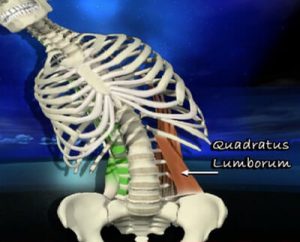
The quadratus lumborum is one muscle that reduces lumbar lordosis and decreases the lumbosacral angle. When both sides of QL contract simultaneously, it causes the lumbar spine to extend. One-sided contraction either pulls the rib cage down to assist in respiration or it can aid in walking by hip-hiking the ipsilateral ilium during contralateral stance phase. Functionally, the QL is an active stabilizer of the spine. It is most active when performing exercises such as side planks.
In the following two techniques, I apply graded exposure stretching to relieve protective muscle guarding in the QL and iliocostalis lumborum. The goal of this routine is to create space between the shoulder and pelvic girdles. Restoring anti-gravity function may help slow the aging process of the intervertebral disc as demonstrated in the Journal Spine study.
Quadratus Lumborum Elbow Technique
- With client lying on left side, legs extended, client’s right hand reaches overhead and grasps the therapy table
- Therapist’s right elbow contacts lateral iliac crest and slowly sinks into QL and iliocostalis lumborum tissue
- Client inhales while gently attempting to right sidebend the torso by pulling on the therapy table to the count of five then exhales and relaxes
- Therapist’s elbow sinks to the new restrictive barrier (toward spine) and client repeats the sidebending routine above
Repeat 3 to 5 times
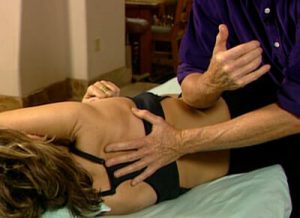
Graded exposure stretch for quadratus lumborum and iliocostalis lumborum
- Positioned in a lateral recumbent position, client grasps top of therapy table with her right extended leg hanging off therapy table
- Therapist’s hands grasp client’s hip and he drops his body weight to traction the lateral side of her body
- Client inhales and pulls up on the therapy table to a count of 5 and relaxes
- Therapist slowly increases traction to new restrictive barrier
Repeat 3 to 5 times
Note: These graded exposure techniques work with the nervous system to relieve protective muscle guarding
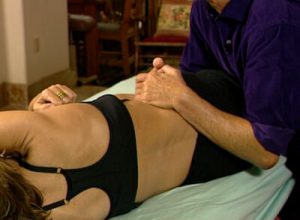
Notes:
1. http: ncbi.nlm.nih.gov/pubmed/28476690
